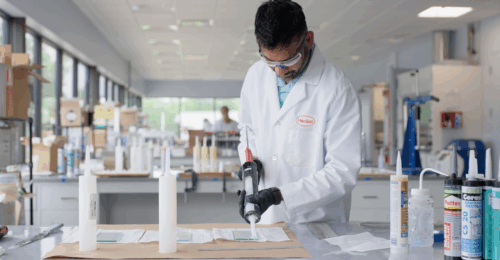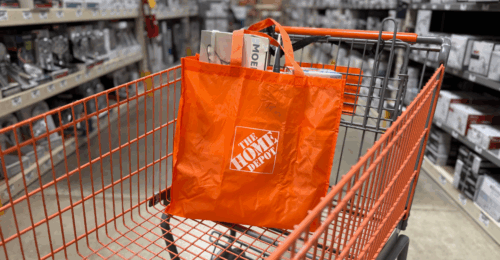When it comes to being an environmentally conscious gardener, recycling green waste offers a range of benefits, from improved soil quality to participation in a circular economy. Through a combination of their individual actions and the gardening solutions offered by Miracle-Gro, people can be both a contributor to and user of green waste.
What is green waste?
Green waste is the organic matter that decomposes and is collected during your yard and gardening activities. It includes dead plants and garden debris, fruit and vegetable scraps, twigs, grass clippings and other material resulting from prunings, tree branches and fallen leaves.
When you are doing your garden and yard cleanup throughout the year, you can help recycle this green waste into usable, growing media to replenish gardens and green areas. You can either compost it yourself, creating organic soil over time, or you can turn it over to your local recycling resources. This is where Miracle-Gro comes in.
Miracle-Gro is dedicated to giving green waste a second life.
Miracle-Gro sources green waste to make its organic gardening soils. It uses various forms of green waste, maybe even those clippings, branches and leaves from your yard, to create green waste compost in products such as Miracle-Gro Organic Raised Bed & Garden Soil. Miracle-Gro takes pride in its partnerships with local green waste facilities across the country that allow it to make an organic product that delivers results people expect from the leader in garden soils. Miracle-Gro uses over three billion pounds of recycled green waste in products every year, and it expects that number to grow as it expands its organic line. By choosing Miracle-Gro products, consumers are supporting one of the world’s largest green waste recycling efforts.

How consumers can recycle their green waste
By doing regular seasonal maintenance in your yard and garden, you can be a green waste recycler. All it requires is for you to be diligent in collecting the green waste. Here are some tips:
- Leave grass clippings on the lawn to naturally break down into the soil, or if you don’t like that look, collect them.
- Check your trees for dead or dying branches. A good trimming helps keep your yard safer while also increasing sunlight and airflow throughout the tree canopy, leading to more growth.
- Once your trees have dropped their leaves, rake them up. Don’t forget about the leaves in your garden beds.
- Clean out your garden beds. Trim bushes and shrubs, remove dead and annual plants, and clean up any other debris.
What to do with your green waste
You can add the waste to your compost to enrich it. Just make sure that your debris hasn’t been treated with non-organic pesticides and cut any large chunks of wood or branches down to a small size to decompose faster. Be careful if you add weeds to your compost pile as even pulled weeds can go to seed and take over.
The easiest way to handle your green waste is to have someone recycle it. Find an agency near you that removes green waste to be upcycled for future use. Your neighborhood, city or county may offer green waste recycling as part of trash collection services. Be sure to read and follow all their disposal instructions, such as how to bundle branches and bag waste.







